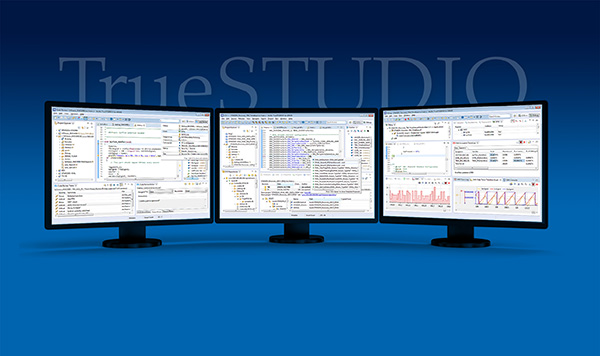

I mean, everyone knows the best microcontroller is the one you already know how to use.

If you want to scroll down and find out who the winner is, don’t bother - there’s really no sense in trying to declare the “king of $1 MCUs” as everyone knows the best microcontroller is the one that best matches your application needs. These MCUs were selected to represent their entire families - or sub-families, depending on the architecture - and in my analysis, I’ll offer some information about the family as a whole. I wanted to explore the $1 pricing zone specifically because it’s the least amount of money you can spend on an MCU that’s still general-purpose enough to be widely useful in a diverse array of projects.Īny cheaper, and you end up with 6- or 8-pin parts with only a few dozen bytes of RAM, no ADC, nor any peripherals other than a single timer and some GPIO.Īny more expensive, and the field completely opens up to an overwhelming number of parts - all with heavily-specialized peripherals and connectivity options. I used a price-break of 100 units when determining pricing, and I looked at typical, general suppliers I personally use when shopping for parts - I avoided eBay/AliExpress/Taobao unless they were the only source for the parts, which is common for devices most popular in China and Taiwan. I’m sure people will chime in and either claim that a part is more than a dollar, or that I should have used another part which can be had for less than a dollar. 1 To get technical: I purchased several different MCUs - all less than a $1 - from a wide variety of brands and distributors. While some projects that come across my desk are complex enough to require a hundreds-of-MHz microcontroller with all the bells and whistles, it’s amazing how many projects work great using nothing more than a $1 chip - so this is the only rule I established for this microcontroller review. It’s time for a good ol’ microcontroller shoot-out. I wanted to take a quick pulse of the industry to see where everything is - and what I’ve been missing while backed into my corner of DigiKey’s web site. In 2017, we saw several new MCUs hit the market, as well as general trends continuing in the industry: the migration to open-source, cross-platform development environments and toolchains new code-generator tools that integrate seamlessly (or not so seamlessly…) into IDEs and, most notably, the continued invasion of ARM Cortex-M0+ parts into the 8-bit space.

At the same time, we all have our go-to chips - those parts that linger in our toolkit after being picked up in school, through forum posts, or from previous projects. In the window fig.7 you must per OK and after it CancelĪfter the first debug session is started, this dialog box will not be displayed any more.įor this example no changes are requested.ĭebug menu is setted like below (fig.8) and click on the OK button to start the debug session.As an embedded design consultant, the diverse collection of projects on my desk need an equally-diverse collection of microcontroller architectures that have the performance, peripheral selection, and power numbers to be the backbone of successful projects. The first time debugging is started for a project, Atollic TrueSTUDIO display a dialog box that enable developers to confirm the debug configuration before launching the debug session (fig.7). Make sure to have select your project: STM32100B-EVALĪnd click on the Debug toolbar button (the insect icon ) or the F11 key to start the debug session.
#Atollic truestudio lite frdm free
Atollic TrueSTUDIO includes a very powerful graphical debugger based on the gdb command line debugger.Ītollic TrueSTUDIO/STM32 also bundle GDB servers for some of the supported JTAG probes, including the ST-LINK JTAG probe.ĪTTENTION: Atollic TrueSTUDIO/STM32 Lite (the free version) support only ST-LINK SWD debug mode.Ītollic TrueSTUDIO auto-start and auto-stop the gdbserver as needed, thus creating a seamless integration of debug servers.


 0 kommentar(er)
0 kommentar(er)
